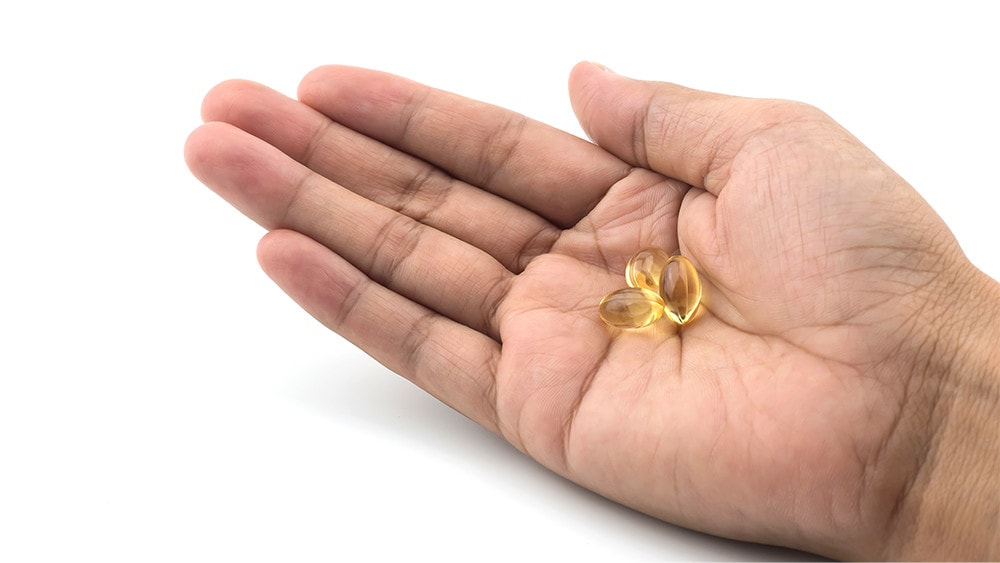Here's HOW it works.
The core, or trunk, has 4 main muscles and 1 muscle that assist. The main muscles, starting from the most superficial to deepest, are the Rectus Abdominis, External Oblique, Internal Oblique, Transverse Abdominis, and the Erector Spinae. Though all components work as one unit to stabilize the spine, each individual muscle has its own function. The Rectus Abdominis flexes the spine, External Oblique compress the abdominal cavity and assists with lateral flexion and rotation of the spine, Internal Oblique assists with rotation and lateral flexion of the spine, the Transverse Abdominis provides stability for the pelvis and the thoracic spine, and Erector Spinae, found along the spine, helps the spine stay erect and extend, but also rotate. A beneficial core workout should incorporate all functions of the trunk together and move through all three planes of motion. Planes of motion include the Sagittal plane (joint flexion/extension from front to back), the frontal plane (joint flexion/ extension along the side of the body), and the transverse plane (joint rotation). The functions of the Rectus Abdominis and the Erector Spinae falls in the Sagittal plane, the function of the External/Internal Oblique’s fall in the transverse plane as well as the frontal plane, and the function of the Transverse Abdominis, though functions best in isometric movements, does assist in all planes of motion. The Erector Spinae falls in the frontal and transverse plane as this muscle group assists with side bending and rotation through the spine. Sounds complicated, I know, but are simpler than you think. Here are some exercises you are probably familiar with to tie everything together:1. Rectus Abdominis = reverse crunches 2. External Oblique= cable rotation 3. Internal Oblique = cable chop 4. Transverse Abdominis = plank 5. Erector Spinae = hyper-extension, bicycles  WHY are these factors important?
WHY are these factors important?
We need to know how to strengthen the trunk from the inside out for it to function properly, and hey, fully developed and functional abdominals are what we all strive for! If we understand that the trunk helps stabilize the spine and hips, we will fully benefit from the outcome of a proper working trunk. Not to mention we rely on these joints to function in every movement we make. The weight of our body literally stabilizes through the trunk to the pelvic girdle, to the sacroiliac joint, which absorbs force in the pelvis, to the hip joint, then knee joint and down to the ankle. Without trunk stability, this lower working unit would not function. Now, imagine loading the body with even more weight than what we carry around on a daily basis, without both units working together. This will create dysfunction and/ or compensation throughout the body. Take, for example, a barbell squat; the trunks as one unit has to support the barbell in order to stabilize the hip. If the trunk is unstable to begin with, the spine will not take the load and dysfunction such as lumbar compression and/or hyperextension of the spine can occur. At this point, the hips are doomed!!! An unstable hip through this movement can lead to such things as Valgus hips, or a “knock knees”, Varus hips, or “bowlegged”, lower cross syndrome, and knee pain from specific muscle/tendon ligament relationships that become overactive. These joints as a whole help create and support every single movement our lower unit can perform.
Now that we understand the make of our trunk, its functions, and other components it stabilizes, WHAT exercises are useful when building a strong and stable trunk?
Tip- Work from the inside out- an unstable core is a weak core. We gain stability from the inside working out.Exercises TO DO:
Transverse Abdominis A. Paloff press B. Plank cable horizontal rows C. Half kneeling half rotations on cable D. Swiss ball transfers Internal/ External Oblique A. Half kneeling cable chop B. Cook chop with cook band or resistance band C. Russian twists D. Bicycles E. oblique targeted knee ups F. supine lying (face up) heel taps Rectus Abdominis A. Reverse crunches B. Hanging leg raise C. Lying to tall seated barbell sit ups (barbell overhead) D. Supine (face up) toe touchesTIP: Because the trunk works as one unit through movement, most exercises that require trunk stability will utilize it as one.Some may think of “core exercises” as being only exercises that singularly use the abdominal muscles, but we know otherwise! Larger movement found in, for example; bodybuilding, cross fit, or Olympic lifting, majorly relies on trunk stability. Any athlete that plays competitively relies on it just the same. If your body is supporting any other force or working against resistance YES, the trunk is supporting it in some way!Larger movements that require trunk stability include:A. Loaded step ups B. Loaded squats C. Deadlift D. Push press E. Loaded split squats F. Ball slams G. Battle ropes H. Lunges (lateral, forward or reverse) I. Kettle bell or barbell clean J. Kettle bell or barbell snatch ...the list is endless!Now that you have the right tools, challenge yourself and that awesome POWER HOUSE we so simply call “core” to push yourself further and PICK UP THOSE WEIGHTS, to become stronger... body mind and barbell squat, to reach that untouchable goal we call “The Six Pack”, to discover new information about your body and the serious potential it has... max potential comes with time, patients is key, all thanks to TRUNK STABILITY!





